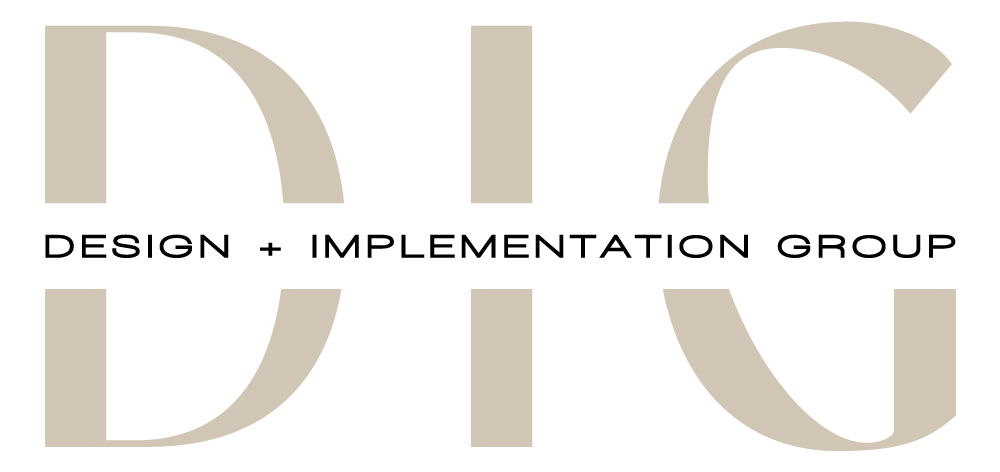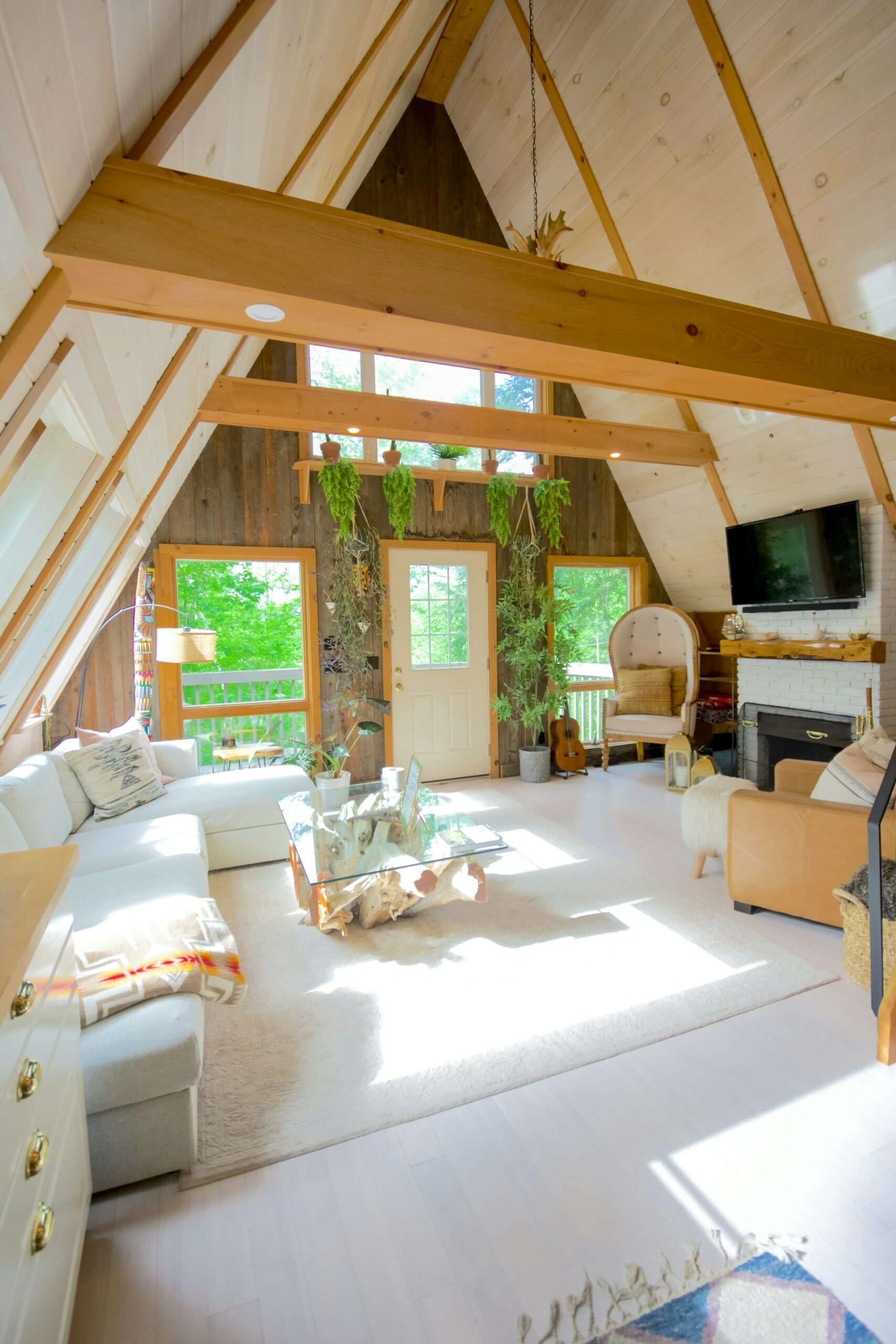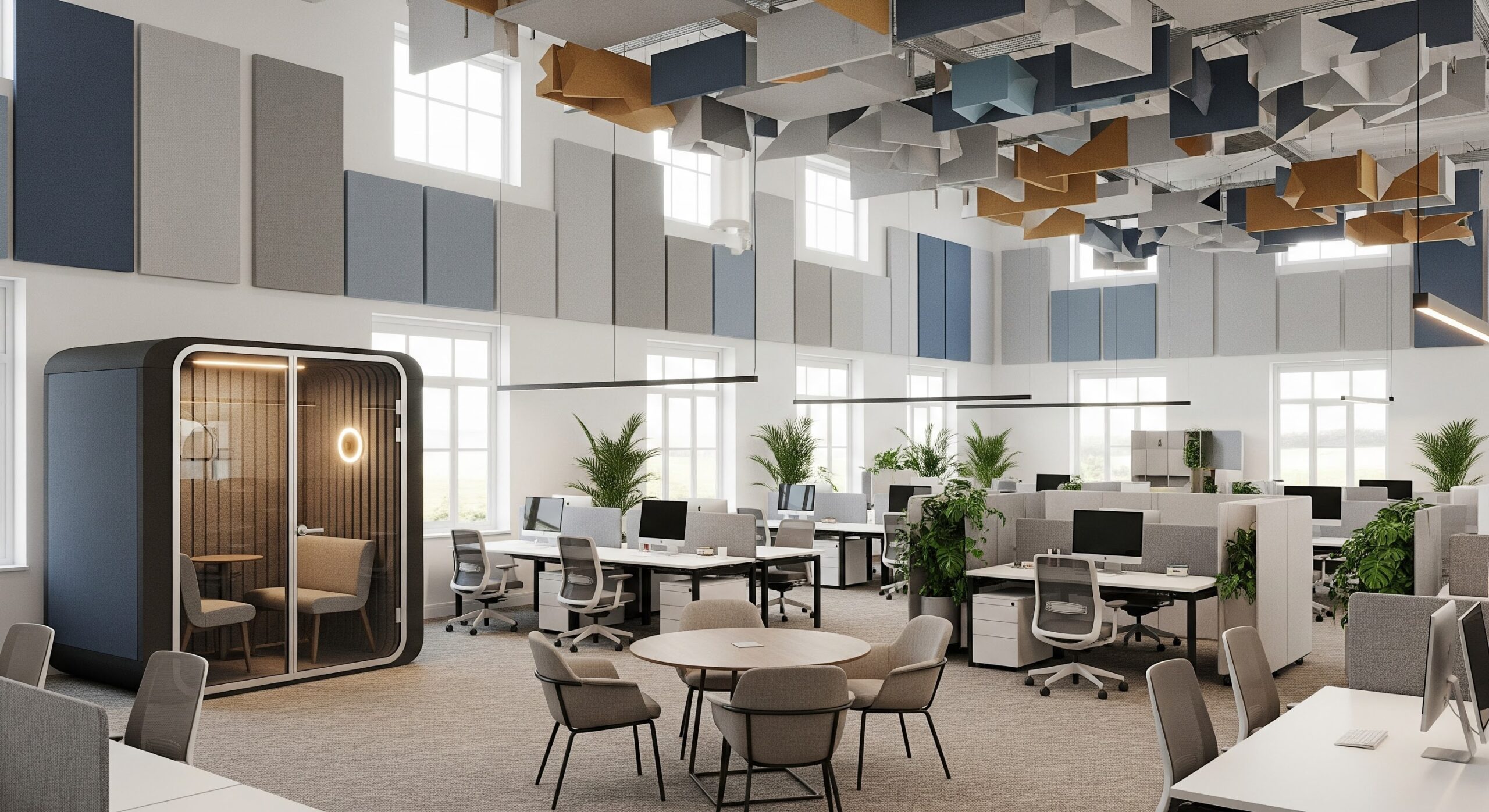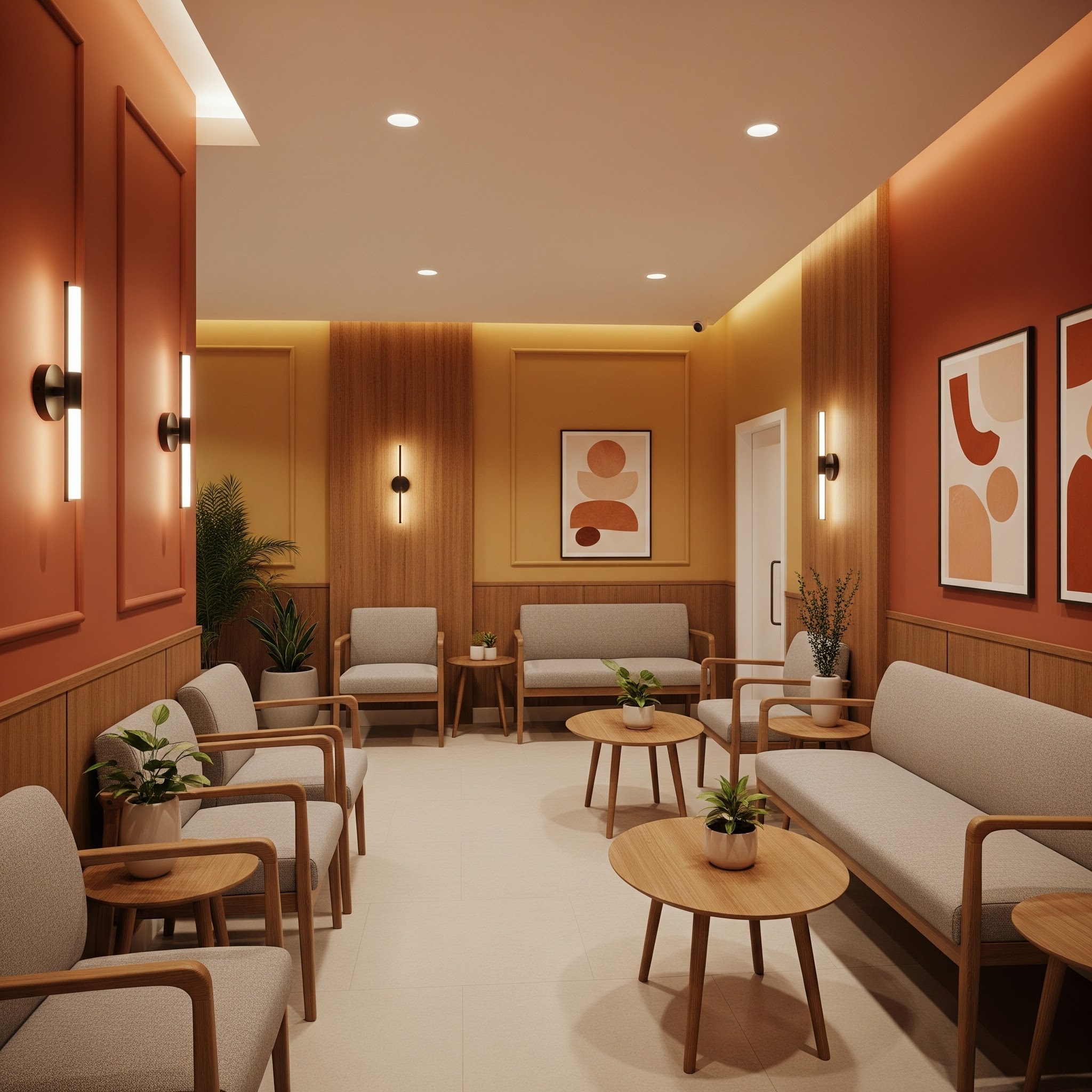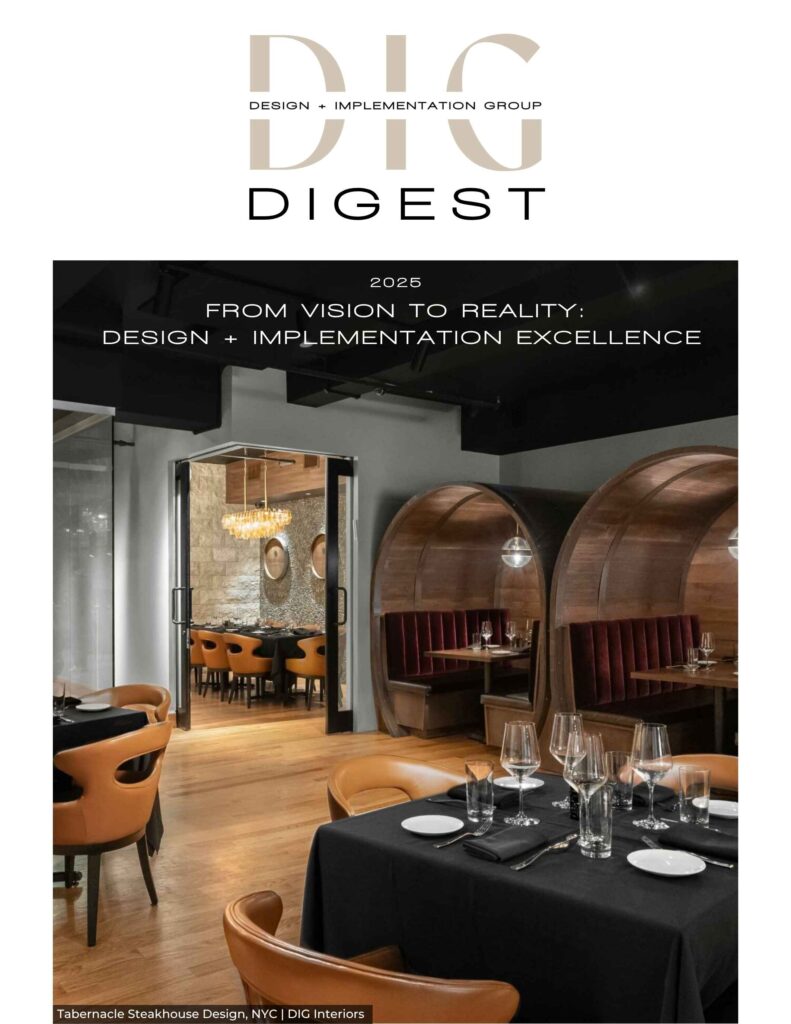As we transition into the year 2024, the dynamic and ever-evolving world of interior design is pulsating with new trends and innovative ideas. These groundbreaking directions are not just whims of aesthetic fancy, but deeply reflective of our changing lifestyles, technological advancements, and a growing, collective consciousness about sustainability and environmental responsibility.
Biophilic Design: A Return to Nature
One of the most significant trends to watch out for in 2024 is Biophilic design. This approach is not just a design ethos; it’s a return to our roots. It seeks to create a harmonious link between people and nature within our built environments. This trend taps into our innate affinity for the natural world, mirroring natural elements to maintain a connection to the great outdoors, even within the confines of our homes.
In the coming year, expect to see an influx of indoor plants in our living spaces, not just as aesthetic additions but as integral components of the home ecosystem. Natural light will take precedence over artificial lighting, with architectural designs favoring larger windows, skylights, and light-filled spaces. Natural materials like wood, stone, and organic fabrics will replace synthetic alternatives, infusing homes with a grounded, earthy vibe.
Sustainability: A New Standard
Sustainability is no longer a buzzword; it’s becoming a new standard in interior design. As we move towards 2024, we’re witnessing a significant shift towards furniture and decor made from recycled, repurposed, or upcycled materials. This trend is not just about creating eco-friendly homes but also about advocating for responsible consumption.
The focus is also on locality. There’s a growing preference for locally sourced items, not just to support local businesses and craftspeople but also to reduce carbon footprint associated with transporting goods over long distances. This trend is a nod to a more conscious, mindful way of living and decorating.
Technology Integration: Smarter Homes
The boundary between our physical and digital lives is becoming increasingly blurred. As smart home technology becomes more advanced and ubiquitous, it’s clear that interior design in 2024 will be heavily influenced by technology integration.
Our homes are set to become smarter than ever. Furniture with built-in charging ports for our myriad devices, voice-activated lighting, automated climate control, and even AI-powered home assistants are becoming the norm. This trend is about harnessing the power of technology to create homes that are not just comfortable and stylish, but also incredibly efficient and responsive to our needs.
Bold Colors: A Revival
2024 is set to see a dramatic shift in color trends in interior design. We’re moving away from the minimalist pastel color palettes that have dominated the scene in the past few years. Bold, vibrant colors are making a grand comeback. From deep blues that evoke the tranquility of the ocean to bright yellows that bring to mind sunlit meadows, these colors promise to bring a sense of joy, energy, and exuberance to any space.
Multifunctional Spaces: The New Normal
With the rise of remote work and learning, our homes are no longer just spaces to rest and relax. They’re our offices, our schools, our gyms, and our entertainment centers. This shift is leading to an increased demand for spaces that serve multiple functions.
In 2024, we can expect to see furniture that is as versatile as it is stylish. Think desks that convert into dining tables, guest rooms that double as home offices, and modular furniture that can be rearranged to suit different needs. This trend is about maximizing space without compromising on form and function.
Conclusion
As we venture into 2024, it’s evident that interior design trends are responding to the changing times. They’re moving towards creating spaces that are not just aesthetically pleasing, but also natural, sustainable, technologically advanced, and incredibly versatile. These trends are a testament to our changing lifestyles and our growing awareness of the impact we have on the environment.
